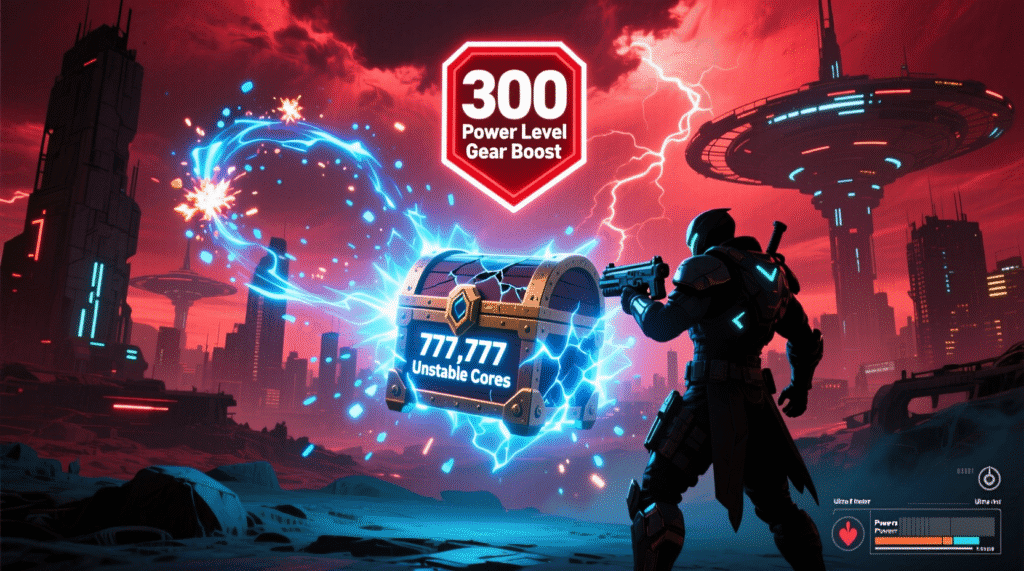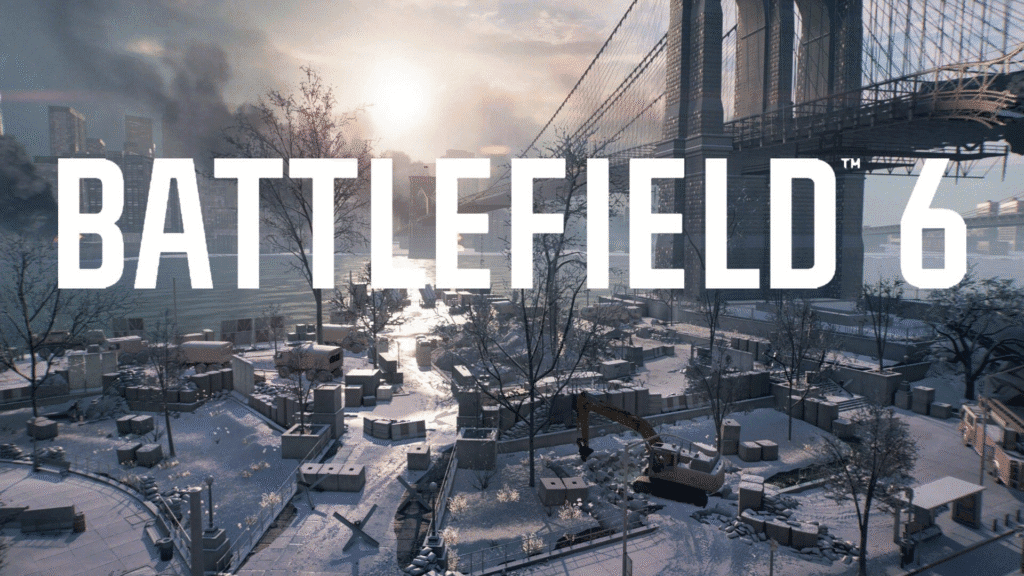ARC Raiders Beginner’s Guide: Master the PvPvE extraction loop with free loadouts, priority skills, safe loot routes, and early crafting so you can survive topside and secure extractions instead of risking your best gear to ARC machines and rival Raiders. This intro sets up movement and peeking fundamentals, starter builds, workshop upgrades, map literacy, trader tasks, and extraction tactics so new Raiders can progress fast with minimal risk.
Also Read: DINO EGGS in ANIMAL SIMULATOR
ARC Raiders Beginner’s Guide
Quick start setup
- Learn the shoulder‑swap key and use left‑peek/right‑peek to clear corners; on PC the default is X, and mastering this reduces exposure in fights that can erase hours of progress.
- Use Free Loadouts early to learn routes and extract patterns with zero risk, then bring crafted or rare gear only when objectives justify it.
- Push early quests to unlock traders and utility items like ziplines, keys, and meds that open new routes and stabilize runs.
- Keep tutorial finds and starter pistol to accelerate early progression before switching to riskier builds.
- Treat “Assorted Seeds” and basic components as high‑value targets for early cash and upgrades when you’re still learning the maps.
Core loop and survival
ARC Raiders flows through prep in the underground hub of Speranza, a high‑risk topside scavenging phase, and extraction where success secures loot and failure forfeits your kit. The formula is PvPvE: you fight ARC machines, navigate environmental hazards, and contest other Raiders over loot zones and evac points every match. Discipline beats greed—extract often with modest hauls while learning spawn logic and return later with better kits for bigger objectives.
Loadouts and weapons
Start with low‑risk kits until you understand recoil, time‑to‑kill, and healing cadence, then graduate to rarer weapons and utilities for contested zones. Weapon categories differ by handling and mod paths, so pair a reliable primary with a mobility or utility secondary to cover reload windows and flanks. Free Loadouts provide a rotation of utility and basic weapons to practice movement and extractions without burning resources early on.
Skill tree and beginner builds
Early power spikes come from Mobility and Survival picks that cut stamina costs, speed looting, and lower acoustic profile while you route through hot areas. Prioritize opening movement perks, basic durability, and crafting speed over niche bonuses so you can reposition, carry more, and rebuild faster after losses. Community early‑game trees often split points across Conditioning, Mobility, and Survival to balance sprinting, vaulting, healing, and quieter scavenging in one package.
Crafting and workshop
Build out the Workshop stations in the lobby between raids—Gunsmith for weapons, Medical Lab for meds/shields—and upgrade each station to level three to unlock stronger recipes. Recycle duplicate or low‑value finds into materials and reserve rarities for use or sale, because crafted guns often outclass vendor inventory as stations level up. The broader loop is surface run → salvage → craft/upgrade → safer extraction with better kit, and it’s the backbone of mid‑game stability.
Loot routing and map literacy
Target loot by icon types—Electrical sites for wires, for example—and chain depots, crates, and drone routes that match your current quest requirements. PCGamer’s starter routes highlight early materials like wires, batteries, ARC probes, and couriers that feed early trader tasks and station upgrades. Learn Field Crates and Field Depots to link deliveries and quick cash with minimal combat when lobbies are sweaty.
Quests, traders, and progression
Four specialist traders drive structured progression: Shani for traversal/keys, Tian Wen for weapons, Apollo for tacticals/explosives, and Lance for meds/shields tied to survival assignments. Celeste offers special operations from Speranza that sit alongside trader tasks to push you into new areas and spawn types with curated rewards. Rotating these assignments ensures you grow skills, stations, and bankroll together instead of tunnel‑visioning one pillar and stalling out.
Extraction tactics that work
Pre‑plan two evac options on opposite sides of your route so you can pivot if one is camped or sits under robot patrol paths. Shoulder‑swap peeks, camera discipline, and patience on final approach save more kits than hero plays—clear angles and smoke/utility with intent before committing to the rope. Extracting smaller, more frequent hauls builds a buffer for risk runs, aligning with the “everything you lose, keep, and gain” cadence that defines expeditions.
Economy and risk control
New players often stumble on what to hoard, sell, or salvage, so use Free Loadouts and crafting to explore without draining rare parts until your routes are consistent. Vendor gear is serviceable, but fully upgraded stations routinely produce better weapons and consumables per unit cost, making workshop investment the highest ROI path. When in doubt, carry items that complete active trader tasks or station upgrades; leave bulky low‑value junk behind if it risks your mobility to extraction.
PvE threats and key targets
ARC drones and bots drop alloys and components needed for station upgrades, so clear them when it’s safe rather than detouring through heavy patrol zones under time pressure. Fireball‑class robots are your source for burner parts and should be engaged from cover with angle control to avoid attrition on your meds. Save heavy utilities for robot clusters or third‑party moments rather than opening fights, because PvPvE pivoting is where consumables win runs.
Roadmap awareness
A 2025 roadmap outlines post‑launch content beats, so expect balance passes, new activities, and additional loot routes that can shift early best practices—stay flexible and update your builds as patches land. Monitoring official notes and guide hubs keeps your routes and crafts aligned with drop‑rate or station changes that affect time‑to‑kit.
FAQ
- Do you lose everything on death? Yes—failure to extract forfeits your carried gear for that run, which is why Free Loadouts and early evacs matter.
- What player count should you expect? Sessions run multiplayer with roughly 10–20 players depending on activity and mode selections at launch.
- Should you craft or buy? Build stations and craft; upgraded workshops routinely outclass vendor items and lower your replacement cost after losses.
- What are the first skills to unlock? Movement, stamina efficiency, quieter looting, and basic durability are top priorities for early survivability.
Hi, I’m Haider Ali, an Author and co-Founder at tigerjek.com and part of the TigerJek team. I hold a Bachelor of Technology in Computer Science from Shri Ramswaroop Memorial University. I’m passionate about technology, Education, and web development, and I enjoy creating informative content that helps readers learn and explore new ideas. Through TigerJek, I aim to share useful knowledge and make digital learning accessible to everyone.




